When it comes to building strength and muscle, nothing beats the timeless simplicity of lifting free weights. For those who take their training seriously, steel gym plates are a top-tier choice, combining durability, accuracy, and a classic lifting experience. Whether you’re outfitting a home gym or upgrading your current setup, investing in a quality set of steel weight plates can make a noticeable difference in your progress and overall training satisfaction.
Why Steel Gym Plates Stand Out
Steel gym plates have been a staple in both commercial and home gyms for decades. Unlike rubber-coated or bumper plates, steel plates offer a compact design that allows you to load more weight on the barbell without taking up extra space. This is especially valuable for lifters focused on progressive overload and strength training.
One of the biggest advantages of gym plates made from steel is their long-term durability. They’re built to withstand intense use without warping or cracking. While they might show some cosmetic wear over time, their functionality remains unchanged — making them a smart investment that lasts for years.
The Benefits of a Steel Weight Plates Set
A proper steel weight plates set provides you with a balanced range of weight increments, allowing for flexible training options. Most standard sets come with pairs of 2.5 lb, 5 lb, 10 lb, 25 lb, 35 lb, and 45 lb plates, giving you the freedom to adjust the load precisely according to your goals — whether that’s strength, hypertrophy, or endurance.
Another benefit is the sound — many lifters find the subtle clang of steel plates motivating, bringing a sense of authenticity and rawness to every workout. The thin profile of steel plates also enables more challenging lifts such as heavy deadlifts and squats without worrying about barbell sleeve space.
My Personal Take on Steel Plates
I still remember my first real barbell setup: a rugged steel weight plates set handed down from an older training partner. Compared to the bulky, rubber-coated plates I used in commercial gyms, these steel plates felt more connected to each lift. The smaller diameter brought the bar closer to the floor during deadlifts, making the pull feel more natural. Loading up the bar for squats felt smoother, and I always appreciated how much weight I could fit on the bar without needing specialty barbells.
That simple home setup became my foundation for years of strength progression. Even after trying various types of plates — from rubber bumper to competition calibrated — I always circle back to steel for their simplicity and reliability.
Choosing the Right Steel Plates for Your Needs
When selecting steel gym plates, consider a few key factors:
-
Weight Accuracy: Quality steel plates should have minimal weight variance, ideally within 2% of the stated weight.
-
Finish: Choose between raw steel, powder-coated, or machined finishes. Powder-coated options offer more rust resistance, while machined plates have smoother edges and cleaner aesthetics.
-
Hole Diameter: Make sure to match the plate's center hole to your barbell — typically 2 inches for Olympic bars and 1 inch for standard bars.
-
Handles or Grip Holes: Some steel plates come with built-in handles or grip holes for easier handling, which is particularly useful in a home gym setting.
Conclusion
Steel weight plates remain a classic and dependable choice for anyone serious about weightlifting. Their compact size, rugged build, and timeless feel offer a lifting experience that many athletes prefer. Whether you’re building a beginner-friendly home gym or crafting a high-performance training environment, a solid set of steel gym plates is a purchase you’ll appreciate every time you train.


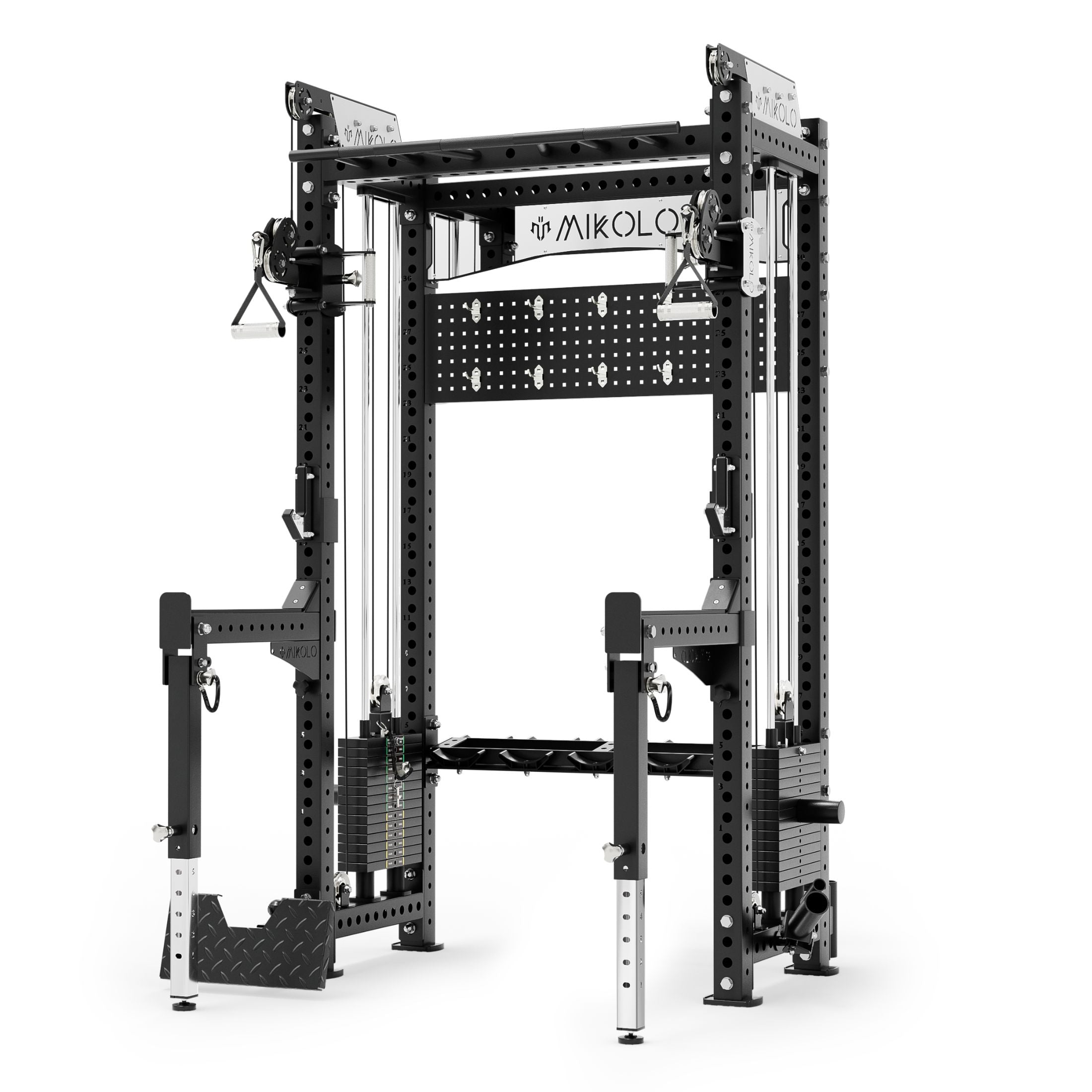
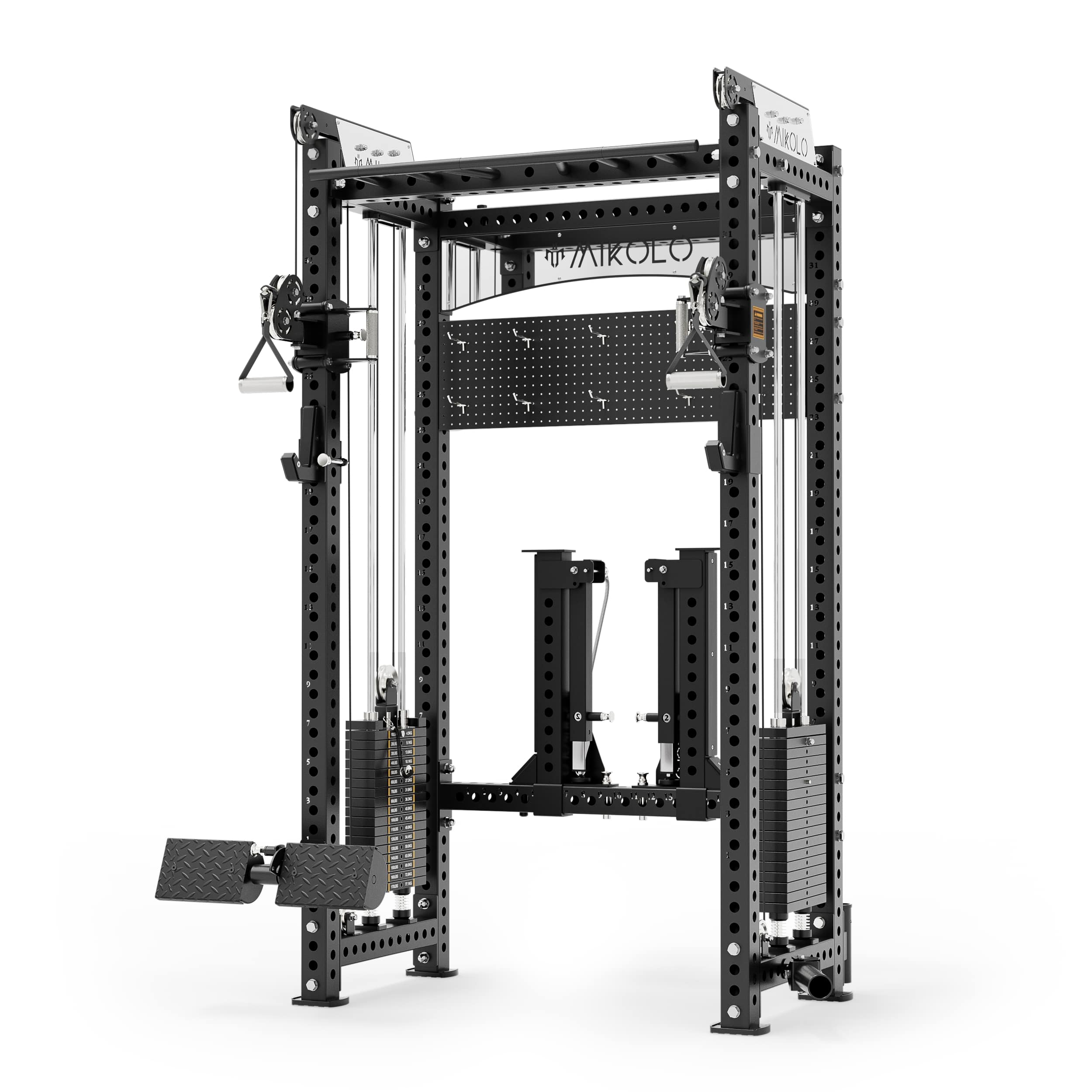
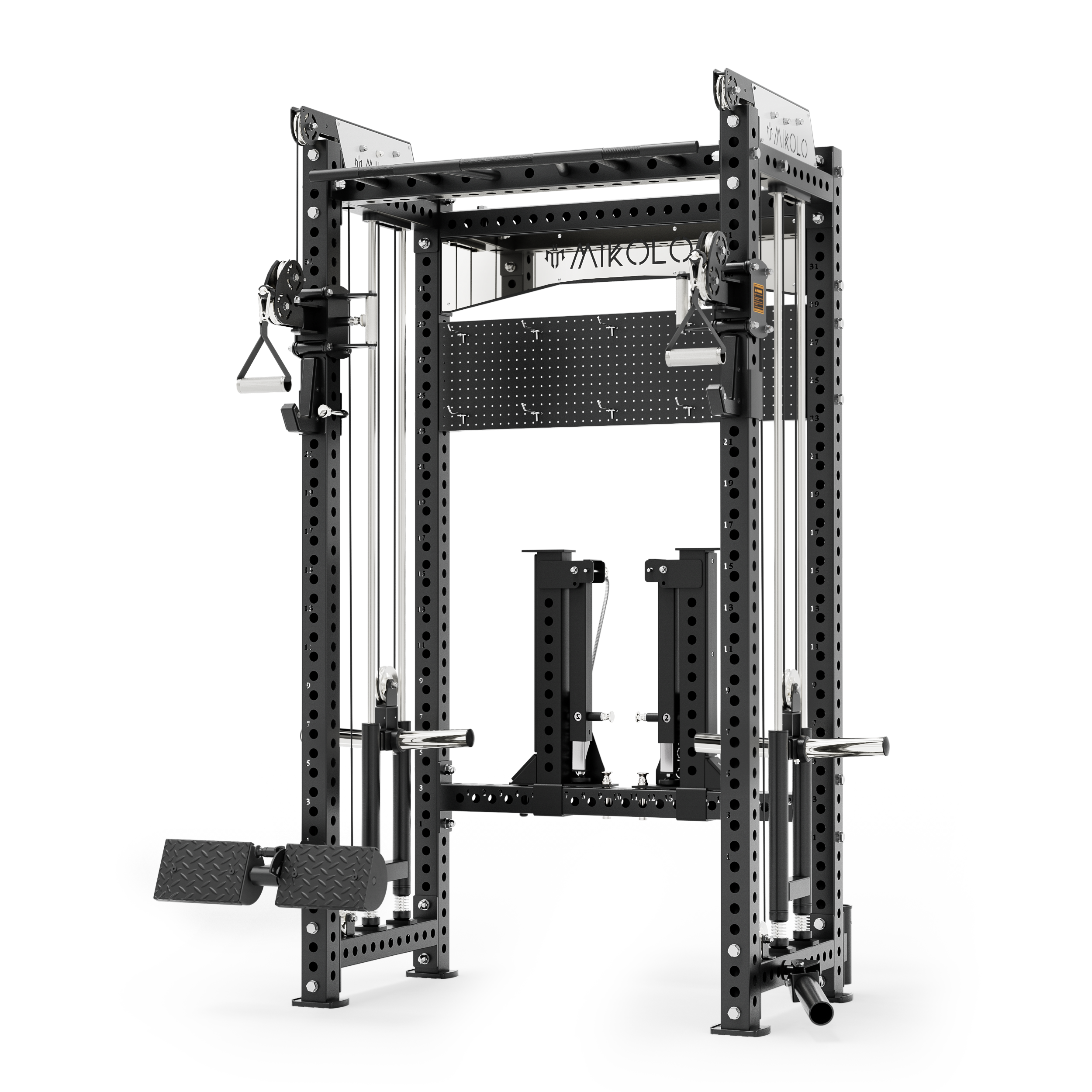


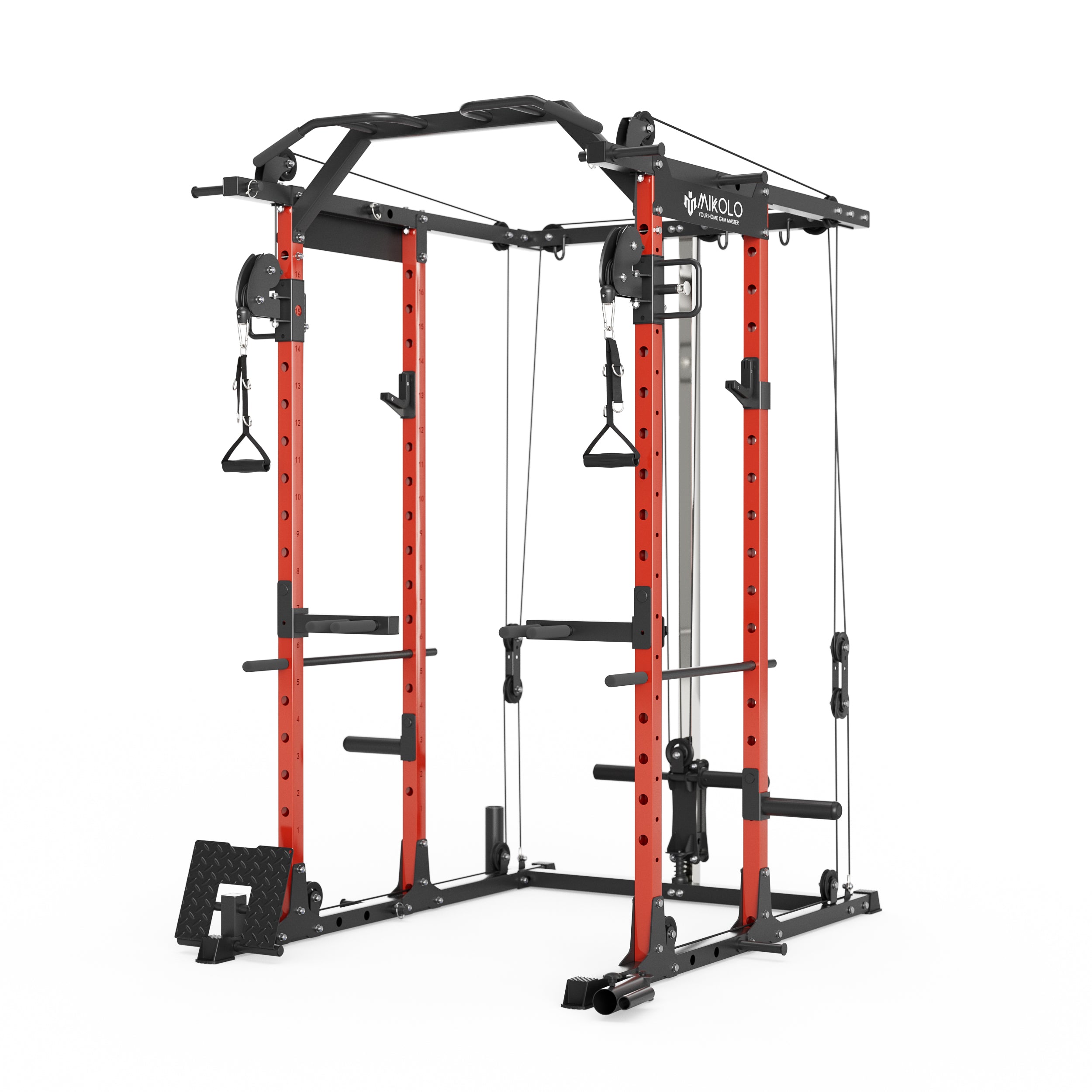
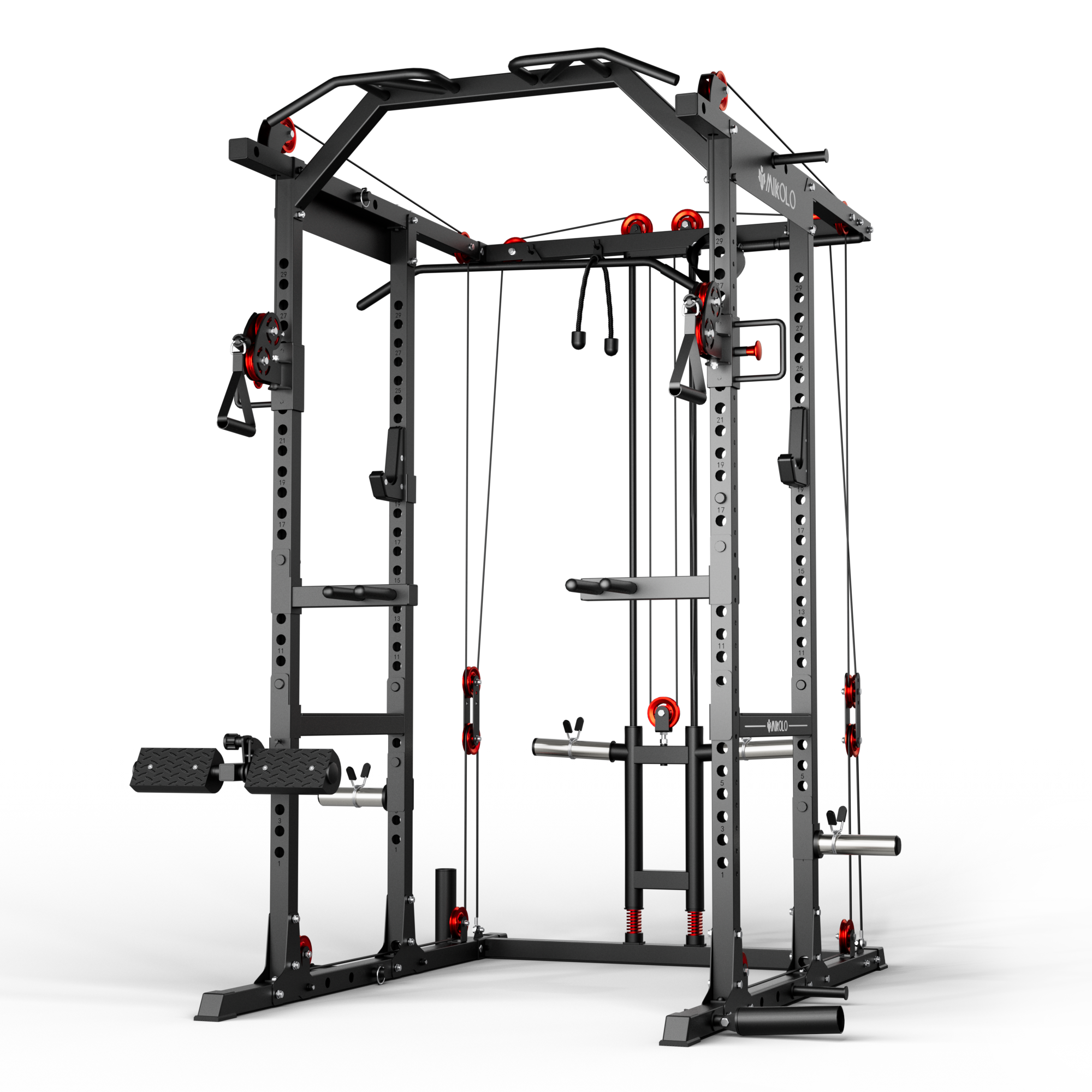



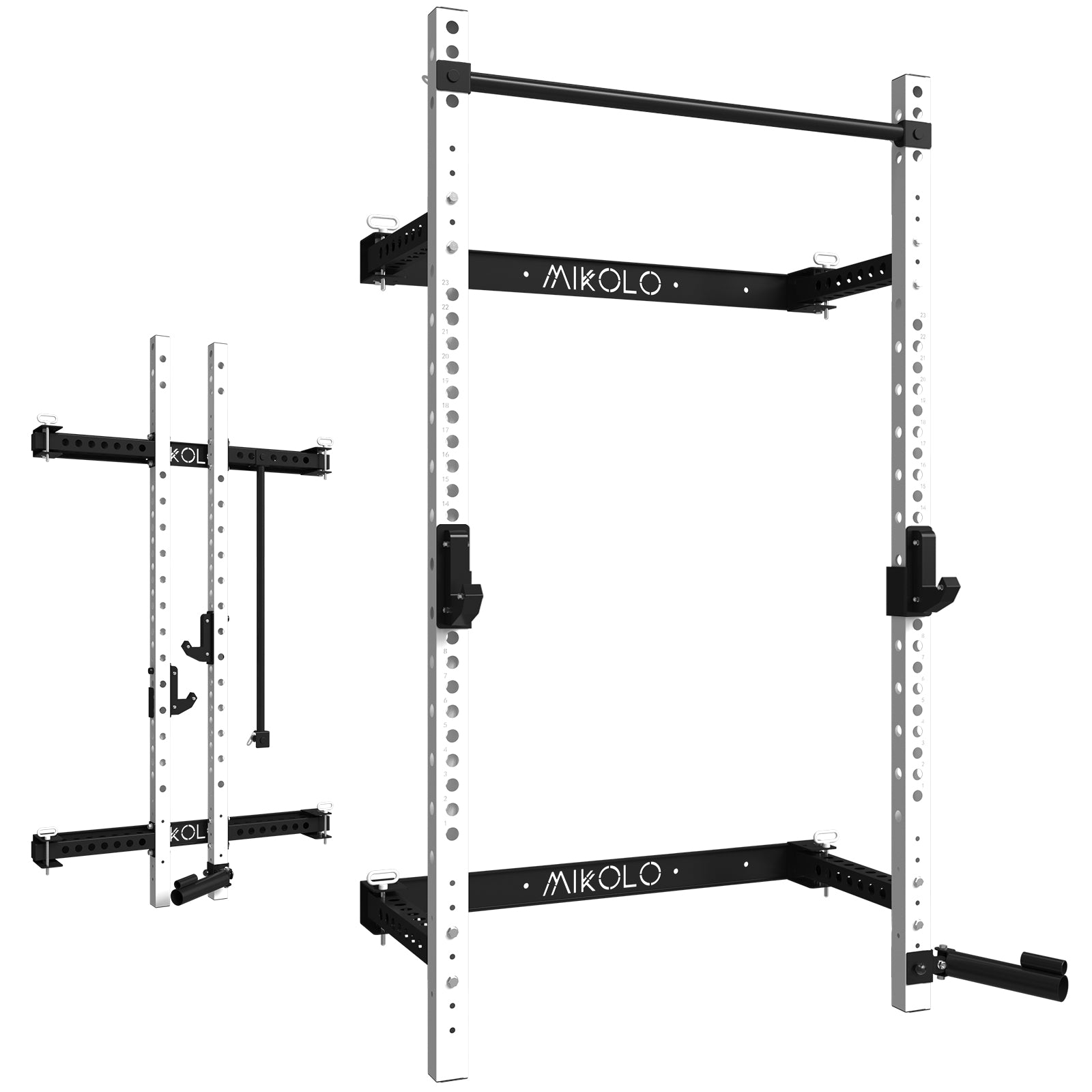

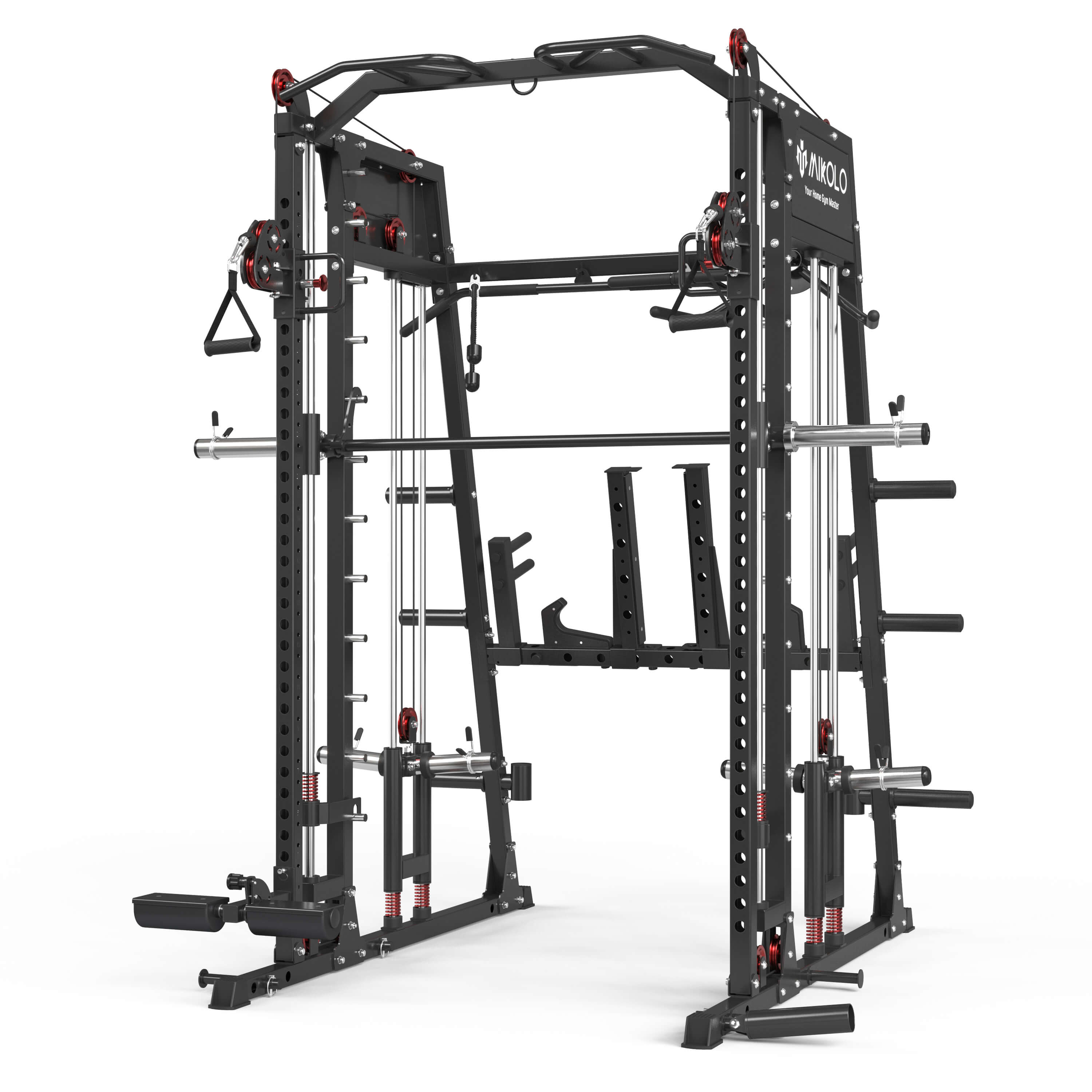
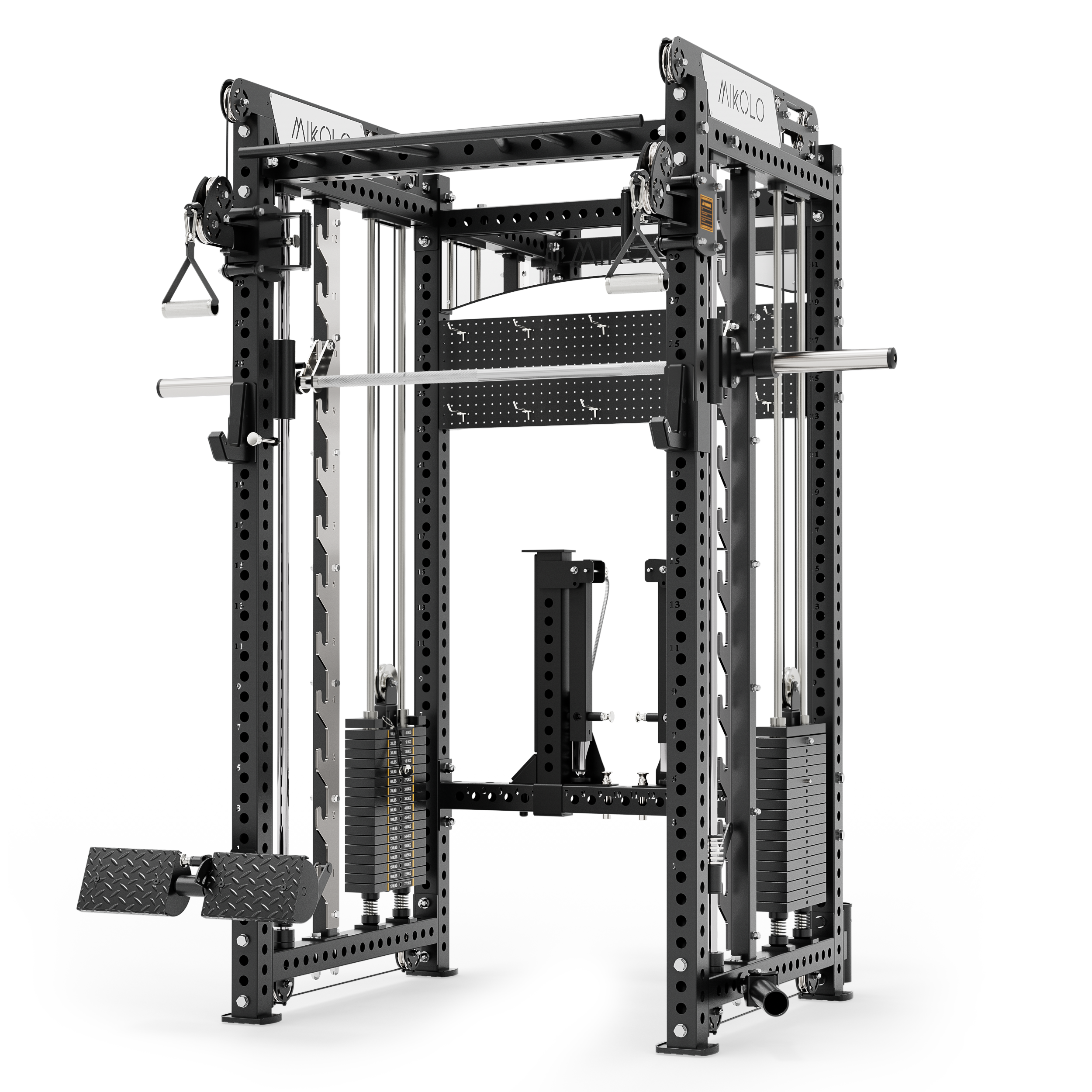
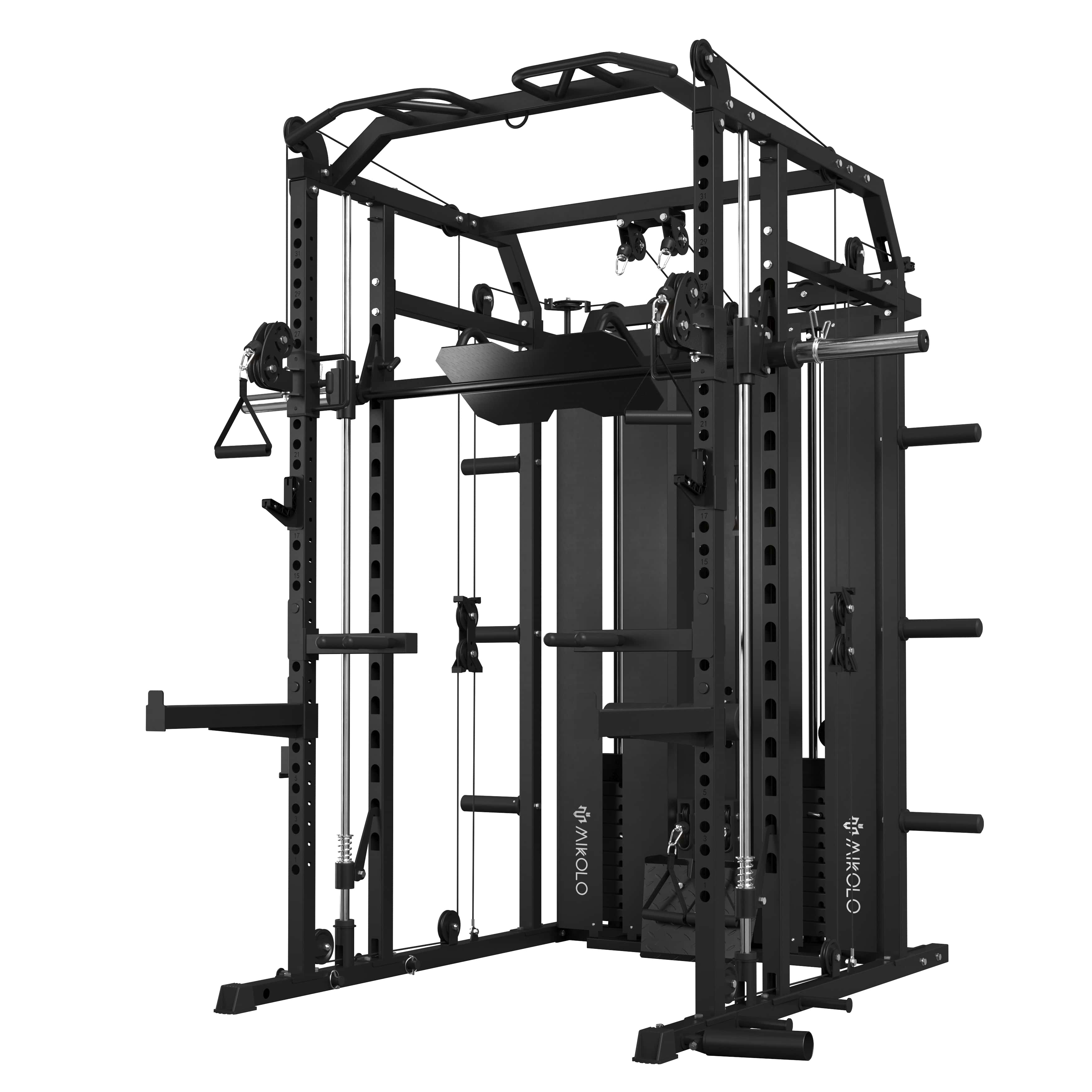




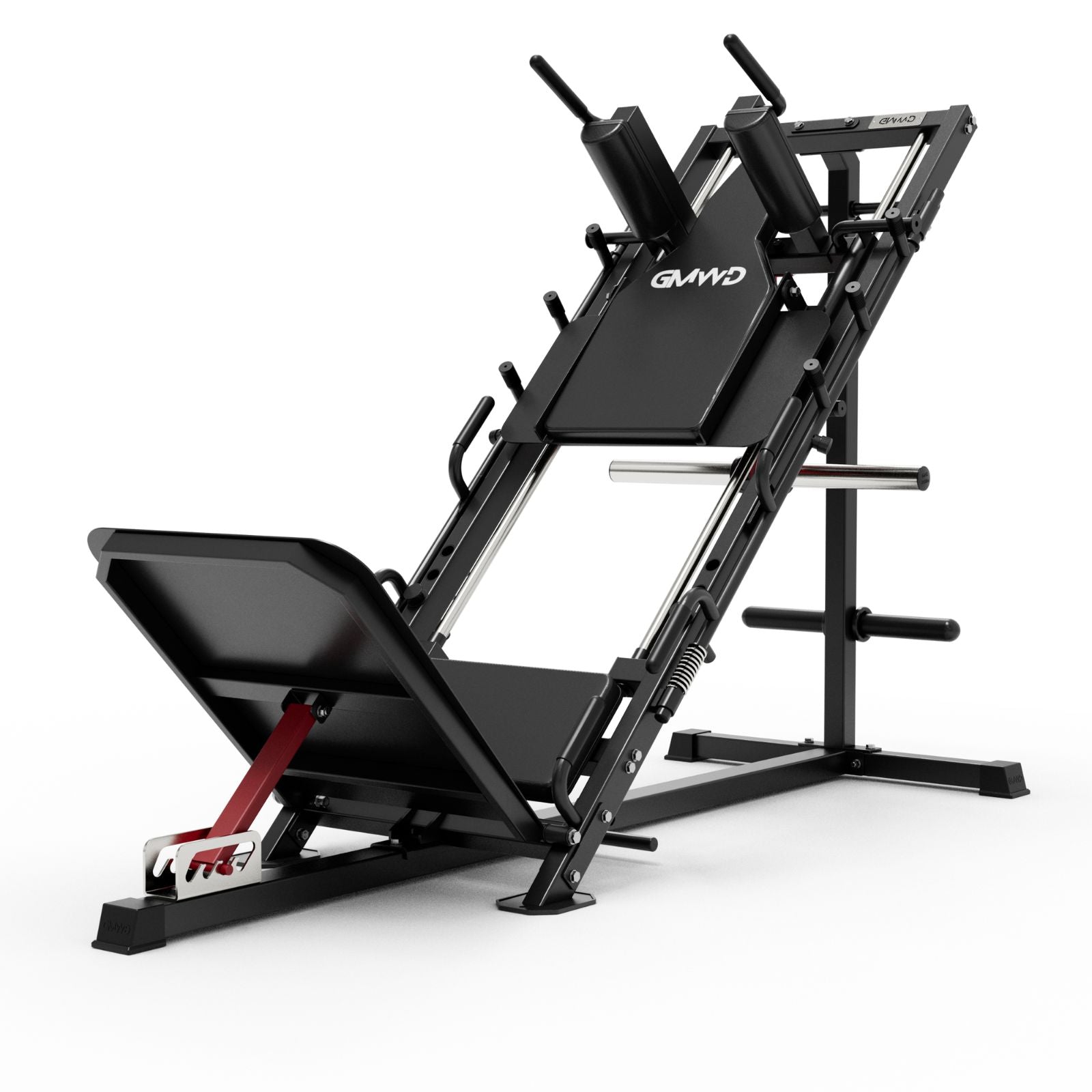


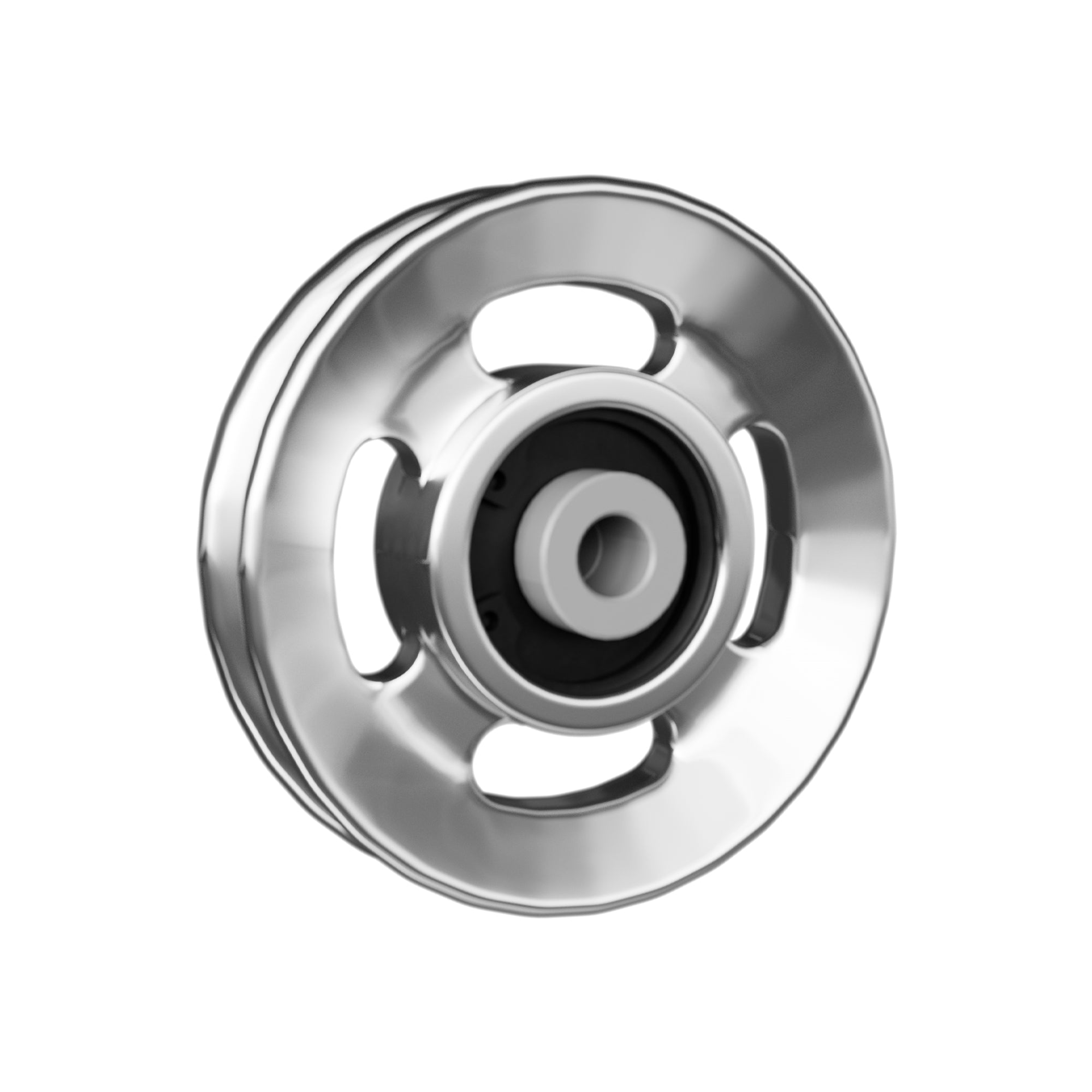


















Leave a comment
This site is protected by hCaptcha and the hCaptcha Privacy Policy and Terms of Service apply.